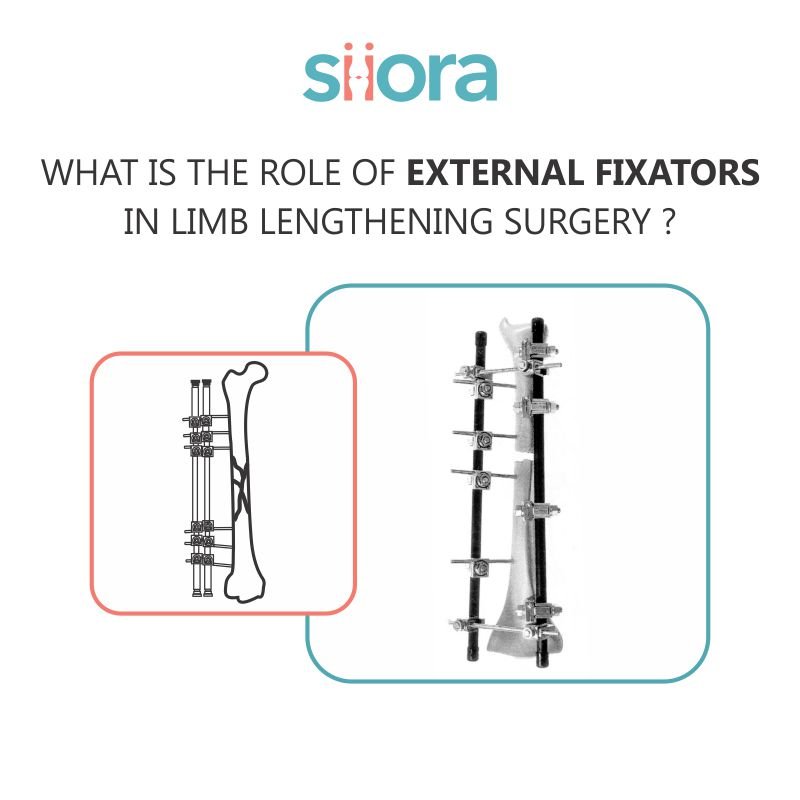Stress fractures are a type of overuse injury characterized by small cracks in the bone. When muscles are fatigued and can’t absorb repeated impact, the shock is transferred to the bones. Weak bones caused by Osteoporosis may also be more vulnerable to stress fractures. These fractures can occur from sports or normal daily activities.
Stress fractures mostly occur in the bones of the lower leg and foot. The second or third long bones between the mid-foot and toes are the most often effected. Stress fractures sometimes appear in the heel, on the top of the foot, the outer bone of the lower and the navicular.
One of the most common occurrences of stress fractures occurs in runners who have been confined indoors during an off season and then, return to running without proper conditioning.
Improper foot gear is another reason due to which athletes get stress fractures. A well-known and old shoe can alter the dynamics of the foot and contribute to stress fractures. Athletes that change surfaces, like going from a grass tennis court to a hard court, can increase their risk for stress fractures, or from an outdoor running track to an indoor track. Other conditions, such as flatfoot or bunions, can alter the mechanics of the foot making it more vulnerable to stress fractures.
Symptoms of Stress Fractures
- Pain that develops slowly and is relieved with rest
- Tenderness
- Swelling on top of the outside the ankle or foot
- Possible bruising
Treatment of stress fractures
Most stress fractures will heal if activity level is decreased and protective footwear is worn for two to four weeks. A stiff-soled shoe, a removable leg brace shoe, or sandal may be needed to provide support. Athletes are often advised to switch to a sport that puts less stress on the leg and foot while the bone heals, such as bicycle riding and swimming.
For stress fractures in the outer side of the foot or in the talus or navicular bones that take longer to heal, a cast may be applied to the foot or the use of crutches may be recommended until the bone heals. In some cases, surgery may be essential. The orthopedist may insert a bone screw into the bone to ensure proper healing. The orthopedic implants such as bone screws, etc. can be accessible from the orthopaedic implant manufacturer.








